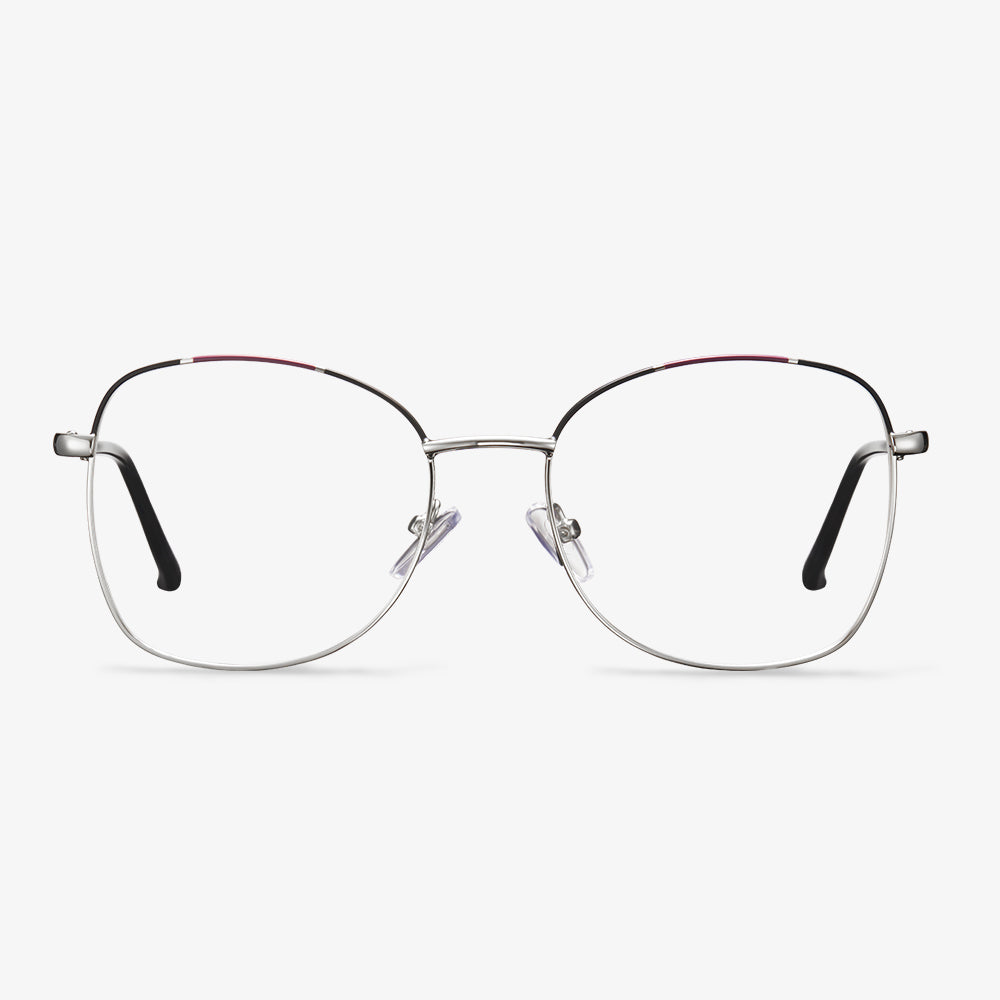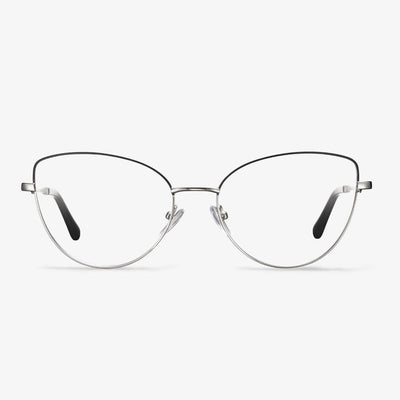What is an aspheric lens?
Strictly speaking, any lens with a refractive surface that is not a sphere is an aspheric lens, including ordinary astigmatism lens, progressive multi-focal lens, Aspheric apical lens, etc. But customarily, our daily aspheric lens refers to the Aspheric apical lens. From the center of the lens to the periphery, the radius of curvature increases (the surface of the lens flattens out).
The classification is different.
Acetate frames can be divided into two kinds, one of which is the lens using acetate fiber processing of plate cutting. The other is the injection frame. It uses acetate fiber particles. Acrylic acid is a kind of unsaturated organic acid, which can be derived from a series of compounds to form a large class of acrylic products. Acrylic acid downstream products contain common acrylate and special acrylate. It has the characteristics of heat resistance, weather resistance, aging resistance, strong adhesion, water resistance, acid and alkali resistance, stickiness resistance, and environmental friendliness.
How to adapt to progressive lenses?
People who are prone to motion sickness or have inner ear diseases may suffer dizziness, nausea, vomiting, and other symptoms due to their inability to tolerate the slight deformation of the visual objects, so they need to pay more attention when wearing them. For people who have not worn reading glasses before, it is not recommended to wear graded multi-focus glasses directly because their eyes will not be able to adapt quickly.
How Do Progressive Lenses Work?
So, how do progressive glasses work? Progressive lenses allow you to see at all distances with one pair of glasses. They start with your distance prescriptions at the top of the lens and increase as you move toward the bottom of the lens. You can move your head position to allow you to focus through different areas of the lens.
Move your head upwards to see something in the distance, and hold it straight for intermediate or arm’s length vision and down for near vision for objects that are close up. Apart from the aesthetic improvement of the lens without the line segments, progressive lenses avoid the visual discontinuity or image-jump when your eyes shift from one zone to the other in non-progressive multifocals.
Why do you need blue-light-blocking glasses?
High-energy blue light would penetrate the lens and directly enter the retina, causing the atrophy and even death of retinal pigment epithelial cells. The death of light-sensitive cells will lead to vision loss or even complete loss, which is irreversible. Blue light at 415 nanometers to 455 nanometers is short, that is, high energy and harmful blue light. This band of blue light would penetrate the lens directly to the center of the macula, causing irreversible damage to the macula. Excessive intake of high-energy blue light would cause confusion of our biological clock, so the damage of blue light should be paid enough attention to.
Why My New Glasses Give Me a Headache?
The new glasses make me dizzy or headaches. You may have these symptoms when getting a new pair of glasses. Why do the new glasses give me a headache? When getting used to the new glasses, your eyes and brain have to work harder to see clearly through your new lenses. The more your strain to see, the more likely you are to get a headache.
So, how long to adjust the new glasses? It may take a few days. If you still feel uncomfortable after wearing the new glasses for a few weeks, you should ask for the eye doctor or the optician to check whether your glasses are made correctly and check whether your prescription is correct.
In addition, if you want to get a new pair of glasses, you can try Koalaeye Optil, which is an online optical store and helps you to prescribe your eyeglasses with great convenience. Koalaeye Optical provides various glasses, including progressive glasses, blue light blocking glasses, sunglasses, driving glasses, and different shape frames.
Optical laboratories and products
Swindon is home to their warehouse and lab. They mostly work with lenses in the lab. They use state-of-the-art MEI machines to cut and fit lenses to meet your unique needs. These machines cut more lenses with more precision in less time. Highly skilled lab technicians cut and shape your lenses before assembling the glasses. The glasses are checked for defects. Quality testing is then carried out by an expert quality control team.
For the product Brazen, the frame has a marble effect inside, and Brazen is an acetate frame, which makes it light and strong. It has a rectangular front and a small bridge shape. The thick frame is usually not suitable for small faces. There are brown ones with patterns of shells. Single-vision lenses are included. They provide a free 7-day home trial.










































